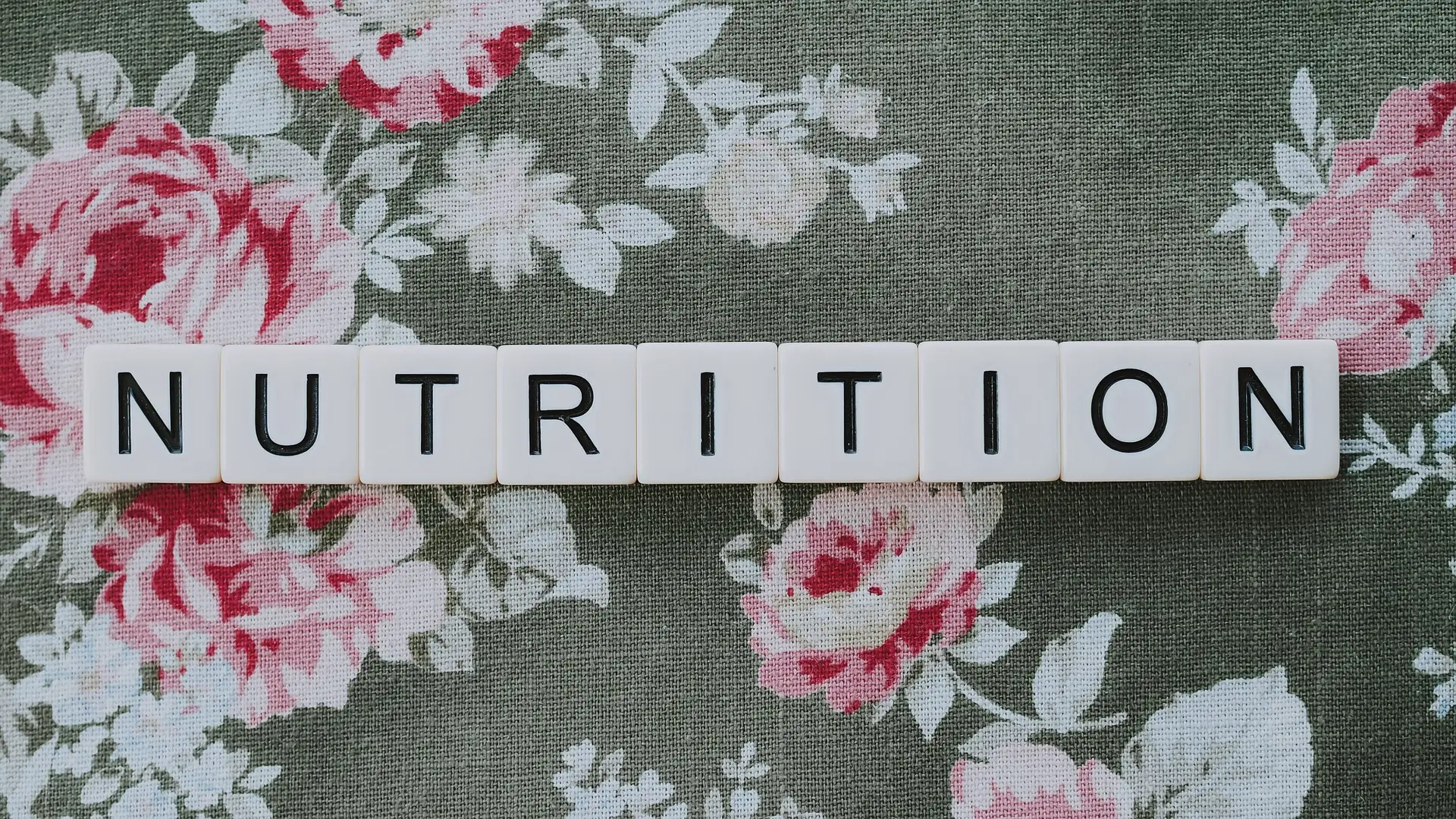
Ukraine annually imports such a quantity of sweeteners that is equivalent to about 300 thousand tons of sugar. The consumption of sweeteners has only increased in recent years. The use of sweeteners is explained by the fact that they are several times sweeter and cheaper than sugar. The cost of aspartame is 16-30 US dollars per kilogram and replaces up to 200 kg of sugar.
There are two types of sweeteners:
Natural sweeteners that are made from fruits, berries, honey and plants of natural origin. It should be remembered that the transformation of plants into a sweetener requires serious industrial processing, as a result of which the useful components of natural raw materials disappear.
These include:
- Fructose, which is sweeter than glucose, but less caloric and does not cause an increase in insulin levels in the blood. However, a significant part of fructose in the body turns into fat and its excessive consumption contributes to the development of fatty liver disease, pancreas, metabolic syndrome. It is especially undesirable to use products that instead of sugar containing 50% glucose and 50% fructose contain corn, maple and other syrups, the fructose content of these natural sugar substitutes can reach up to 80%.
- Sorbitol (raw materials are apples and apricots) and xylitol (raw materials are corn) are classified as polyhydric alcohol with a pleasant sweetish taste, it is an excellent choleretic agent, does not cause an increase in blood glucose, but its calorie content is 50% higher than ordinary sugar. In large quantities causes nausea, bloating, diarrhea.
- Erytrol (made from corn and tapioca). All of these natural sweeteners are sweet. The level of sweetness is 70% compared to the taste of sugar, characterized by low calorie content. According to experts, today it is one of the best sweeteners.
- Stevia: the most famous natural sweetener is made from the plant of the same name, the sweetness ratio of stevia is 25 times that of sugar, and it has a low calorie content. May cause gastrointestinal disturbances, convulsions.
Synthetic sweeteners: produced by chemical synthesis. It includes sweeteners such as aspartame, cyclamate, saccharin and others. It is difficult to call them safe sugar substitutes, since the regular use of synthetic sweeteners can provoke the development of kidney disease and malignant tumors due to their toxicity. In Ukraine, the following sweeteners are included in the list of permitted sweeteners: sorbitol and sorbitol syrup E 420, mannitol E 421, acesulfame K E 950, aspartame E 951, cyclamic acid and its sodium, potassium and calcium salts E 952, 3 sucralose E 955, steviol glycosides, stevia extracts E 960, maltitol and maltitol syrup E 965, lactitol E 966, xylitol E 967. Let us dwell on the characteristics of the main sweeteners.
- Saccharin E 954 is approved for use only in the production of confectionery and soft drinks. 100 times sweeter than sugar, has a metallic aftertaste, zero calories. It creates a feeling of hunger, has carcinogenic properties, and with prolonged use significantly reduces the protective properties of the body.
- Cyclamate E 952 - in the production of soft drinks and as a sweetener in combination with saccharin; with the addition of fruit fillers.
- Acesulfame KE 950 — in the production of soft drinks, desserts, ice cream, canned fruit and vegetables, jams, jellies, marmalades, confectionery, delicate bakery products, low-alcohol drinks, chewing gums, sauces, mustard, desserts based on sour milk, yogurts, kefir with the addition fruit fillers.
- Sucralose E 955 - relatively safe, which is made from sugar, 600 times sweeter than sugar. This sweetener is approved for children and pregnant women. Used in the production of flavored water-based soft drinks, including functional drinks, coffee, coffee substitutes, tea, herbal drinks and other grain-based hot drinks (except cocoa), edible ice, including sorbet and popsicles, dairy desserts (pudding, fruit or flavored yogurt), jams, jellies, reduced calorie marmalade, fruit desserts, including water-based fruit flavored desserts, fruit fillings for flour confectionery, cocoa mixtures (syrups) and cocoa masses, flavored alcoholic and low-alcohol drinks, confectionery, including caramel and soft candies, nougat, dietary supplements, as a sweetener for the table.
- Aspartame E 951: the most famous artificial sweetener, 200 times sweeter than sugar. prohibited for use by people with phenylketonuria. It is used in the production of soft drinks, dairy-based desserts, yoghurts, kefirs with the addition of fruit fillers. Contains aspartic acid, phenylalanine and methyl alcohol (we remind you that the use of this alcohol leads to loss of vision). Usually the dose of methyl alcohol is minimal, but this in no way decorates this sweetener. Aspartame is unstable at high temperatures and decomposes to formaldehyde.
(WHO) advised that non-sugar sweeteners should not be used as a means to control weight or reduce the risk of non-communicable diseases such as diabetes and heart disease. There is no research to show that the use of sweeteners does not provide any long-term benefit for reducing body fat in adults or children. Despite the widespread use of sweeteners of various origins, the number of patients with diabetes is growing every year. The search for the perfect sweetener continues.
Why does man never create the perfect sweetener? The human body is hard to fool. The problem is in physiology. From the first seconds of birth, the child already has well-developed tongue receptors and they react especially positively to sweet tastes. The brain needs glucose, not fructose or aspartame or stevia. From the tongue, he receives a signal that glucose will enter the body. The brain gives a signal to the pancreas to prepare for the intake of glucose and the synthesis of insulin begins, but there is no glucose. Then another mechanism is triggered - this is the synthesis of glucose from amino acids in the liver, the result of this process is muscle weakness, headache, and often the whole story ends with overeating.







